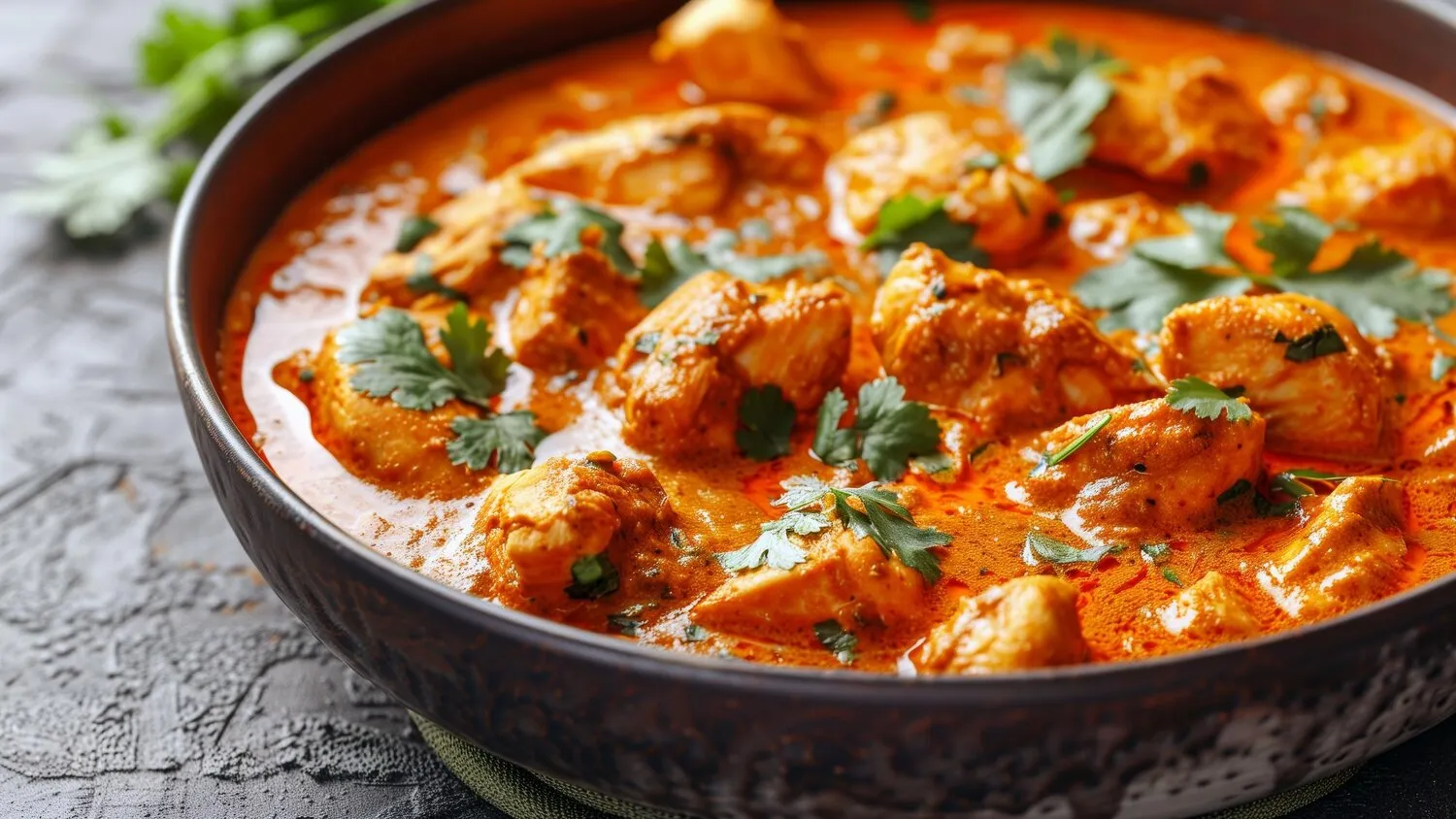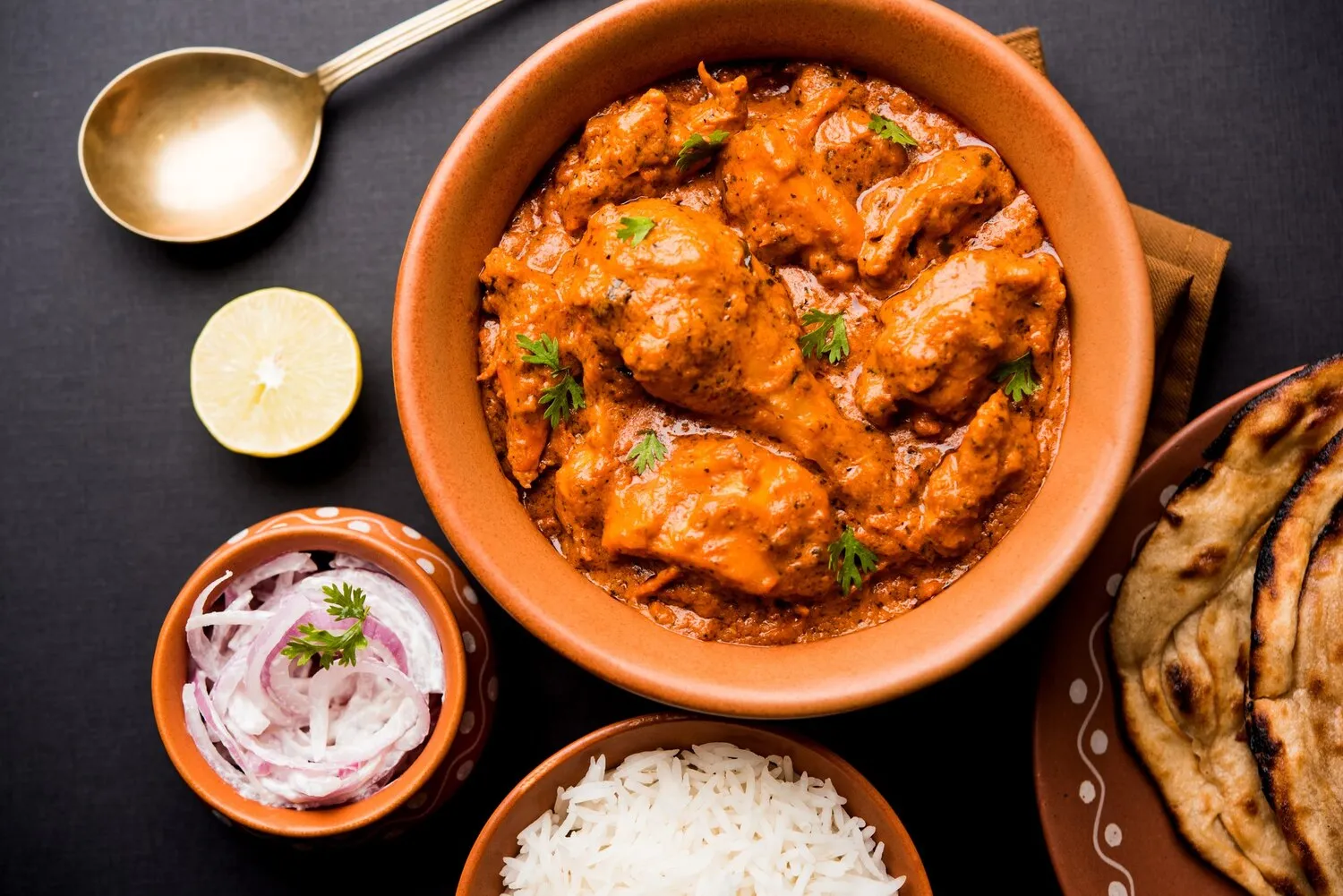
Naan Bread
A leavened, oven-baked flatbread popular in Indian cuisine. Often served alongside curries.
Nutrition Facts
* The % Daily Value (DV) tells you how much a nutrient in a serving of food contributes to a daily diet. 2,000 calories a day is used for general nutrition advice.
Lakeside Meat Masala - Chestermere
Naan's history is intertwined with the spread of wheat cultivation in Central and South Asia. Evidence suggests flatbreads like naan existed in ancient Mesopotamia and Egypt. Its evolution into the modern form we know is connected to the tandoor oven, likely introduced to India from Persia or Central Asia, leading to the puffed, leavened bread we associate with Indian cuisine today. The arrival of yeast in India further refined the bread, adding to its soft and pliable texture.
Naan is a staple in Indian cuisine, deeply woven into the social fabric of meals and celebrations. It's more than just bread; it's a vessel for experiencing the richness of Indian curries and a symbol of hospitality.
Communal Eating
Naan is often used to scoop up and savor curries and other dishes, making it an integral part of communal meals where sharing and togetherness are emphasized.
Festivals and Celebrations
Special varieties of naan, such as those stuffed with nuts and dried fruits, are often prepared for festive occasions and celebrations, signifying abundance and joy.
Regional Variations
While naan is widespread, regional variations exist in terms of texture, thickness, and fillings, reflecting the diverse culinary traditions of India.
Naan offers a delicate balance of subtly tangy and savory flavors, enhanced by the smoky char from the tandoor oven (or a hot pan).
The primary flavor is a slightly tangy, wheaty taste from the fermented dough. Ghee or butter contributes richness and a subtle nutty flavor. Sometimes, naan is flavored with garlic (garlic naan), butter (butter naan), or filled with ingredients like paneer (paneer naan) or keema (minced meat naan), adding layers of savory or spicy elements.
Dough Hydration
A well-hydrated dough is crucial for a soft and pliable naan. Don't be afraid to add a little extra water if the dough seems too dry.
Resting Time
Allowing the dough sufficient time to rest and proof (usually 1-2 hours) is essential for developing flavor and lightness.
Hot Pan/Oven
Naan requires a high-heat environment to cook quickly and develop the characteristic bubbles and char. A preheated cast iron skillet or a very hot oven (ideally with a pizza stone) is ideal.
Brushing with Ghee/Butter
Brushing the naan with ghee or butter after cooking adds richness, flavor, and a beautiful sheen.
Explore additional Indian dishes and restaurants
Explore IndianDiscover top dining spots and culinary experiences in Chestermere.
Explore ChestermereLearn more about the food culture, restaurant scene, and culinary heritage of Canada.
Explore Canada
